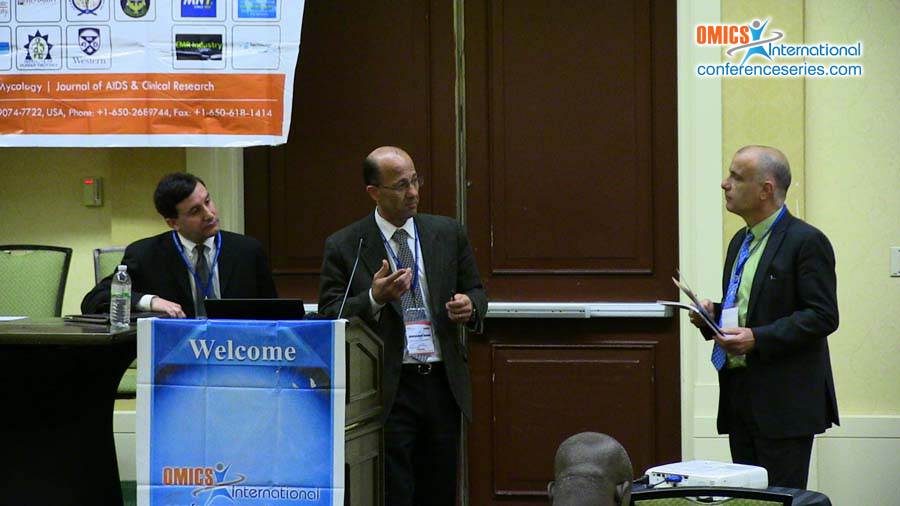
Abdelouaheb Benani
Pasteur Institute of Morocco, Morocco
Title: Molecular Epidemiology of HBV and HCV in North Africa
Biography
Biography: Abdelouaheb Benani
Abstract
Hepatitis B (HBV) and C (HCV) viruses are major public health problems worldwide and serious cause of liver disease that may silently progress toward cirrhosis and hepatocellular carcinoma. The HCV epidemic in North Africa falls into an ‘intermediate’ range, characterized by a decreasing East-West gradient, with the average seroprevalence estimated between 1.2% and 1.9%. The HBV epidemic is more rampant, as most countries are either classified as highly or intermediately infected. Egypt harbors the highest HCV prevalence globally, with about 15% of the total population having been infected since the parenteral antischitosomal therapy implemented in the 1920s. HBV is less endemic in Egypt, with prevalences averaging around 4%. Libya borders Egypt yet has a lower endemicity for both HBV and HCV, estimated at 2.2% and 1.3% respectively. Tunisia is intermediate for HBV endemicity, with rates for HBsAg positive patients ranging between 4 to 7%, and an even lower HCV seroprevalence, estimated at 0.4% in the general population. The paucity of data for Algeria results in that the only figure for a national prevalence dates from 2009, and it is estimated that 2.5% of the population are HCV-positive. Morocco also falls into the intermediate range of seropositivity, currently standing at 1.58% anti-HCV antibodies and HBsAg at 1.81% for the general population. In terms of genotyping distribution, the predominant HCV genotypes circulating in the general North African population are 1b and 2a/2c for all North African countries, except for Libya and Egypt, which are distinct and both exhibit genotype 4 as the most commonly circulating strain. In Moroccan intravenous drug users, the predominant HCV genotypes were 1a, 3a and 4, which can therefore be caught by sharing needles with an infected person for IDUs, This is the first national study on the genotype profile of Moroccan IDUs living in the northern region of Morocco, and highlights the fact that they are a distinct cohort and display different demographic, serologic, and genotypic profiles. HBV genotype D is predominant in Morocco, as this is the major genotype in Mediterranean countries. High circulation of precore and basal core promoter mutants is common in chronic hepatitis B infection among the Moroccan patients. The introduction of HBV vaccination in the national schedule of new-born vaccination will be the leading strategy to control HBV infection.



